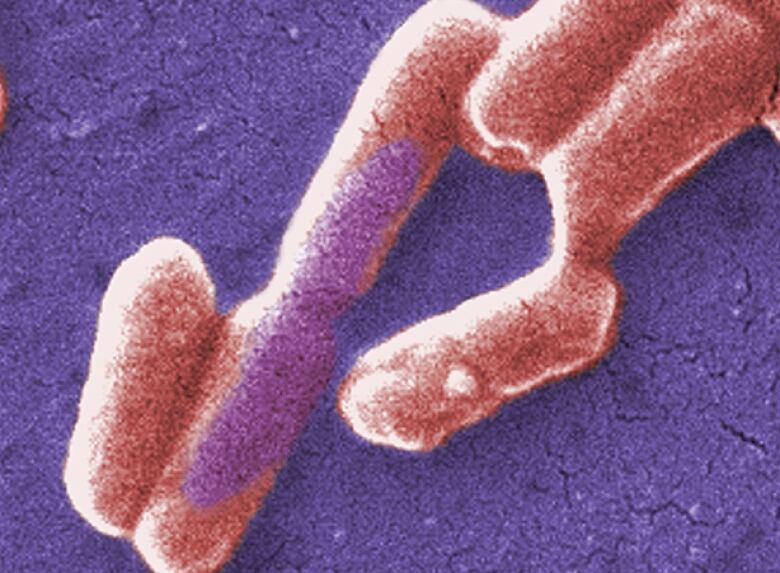E. coli count in Toronto harbour 'the highest it's ever been': Lake Ontario Waterkeeper
Part of Toronto sewer system filters both stormwater and sewage, creating outflow in storms

Even as the rain tapers off in the skies above Toronto, there's still a storm of bacteria brewing beneath the surface of Lake Ontario.
The E. coli count in the Toronto harbour is "highest it's ever been," according to an independent environmental organization that regularly samples the water.
Samples taken by Lake Ontario Waterkeeper earlier this week found that E. coli levels ranged between 16 and 30 times the approved level for swimming, spokesperson Krystyn Tullysaid.
"Which means that people who come in contact with the water,they're really coming into contact with virtually raw sewage," she said. "They're in danger of getting sick;they need to take precautions."

The federal guidelines for swimming or direct human contact call for fewer than 100 E.coli colonies in each 100 millilitres of water. And while it's unlikely that anyone is swimming at this time of year, Tully said there's the risk that someone could be exposed to the bacteria if there's a backup in their home during the rainstorm that's continuing into Saturday.
The heavy rainfall is what's causing the elevated E. coli levels, according to both Tully and John Livey, the city's deputy manager. There has been more than 100 millilitres of precipitation since early April.
Toronto's original sewer system used a combined pipeline for both sewage and stormwater. Since then, the city has slowly been upgrading its infrastructure in order to separate the two with $485 million spent on the project thus far but Livey said that's a project that will take at least another decade to complete.
Combined sewage and stormwater system
Although there are backup reservoirs to handle some of the stormwater overflow, there's no way to avoid pumping some of the sewage into the lake when rainfall gets this high, Livey said.
"We do maintain the normal sanitary sewer services that we provide through the treatment plants, but we do have to discharge chlorinated effluent into the lake in these situations."
You're at risk from getting sick from the bacteria, but there's also everything else that you would find in sewage andstormwater.- Krystyn Tully, Lake Ontario Waterkeeper
Tully said that continuing to upgradethe infrastructure is critical to people's health. But she said she wants to see the city test the Toronto harbour at places other than beaches in the summer months, largely because others are out boating or paddleboarding in other areasand could be exposed to bacteria.
For anyone who comes into contact withlake water or any backflowfrom the storm, Tully said it's important to shower and wash your hands.
"You're at risk from getting sick from the bacteria, but there's also everything else that you would find in sewage and stormwater," she said. "There's viruses, there's metals, there's chemicals, there's pharmaceuticals, so any of that is getting on to your skin."
With files from Nick Boisvert












_(720p).jpg)


 OFFICIAL HD MUSIC VIDEO.jpg)
.jpg)



























































































